3 Ways to Help Educators Enhance How They Read with Young Children
By: Dashiel Brockman
Hanen SLP and Clinical Staff Writer

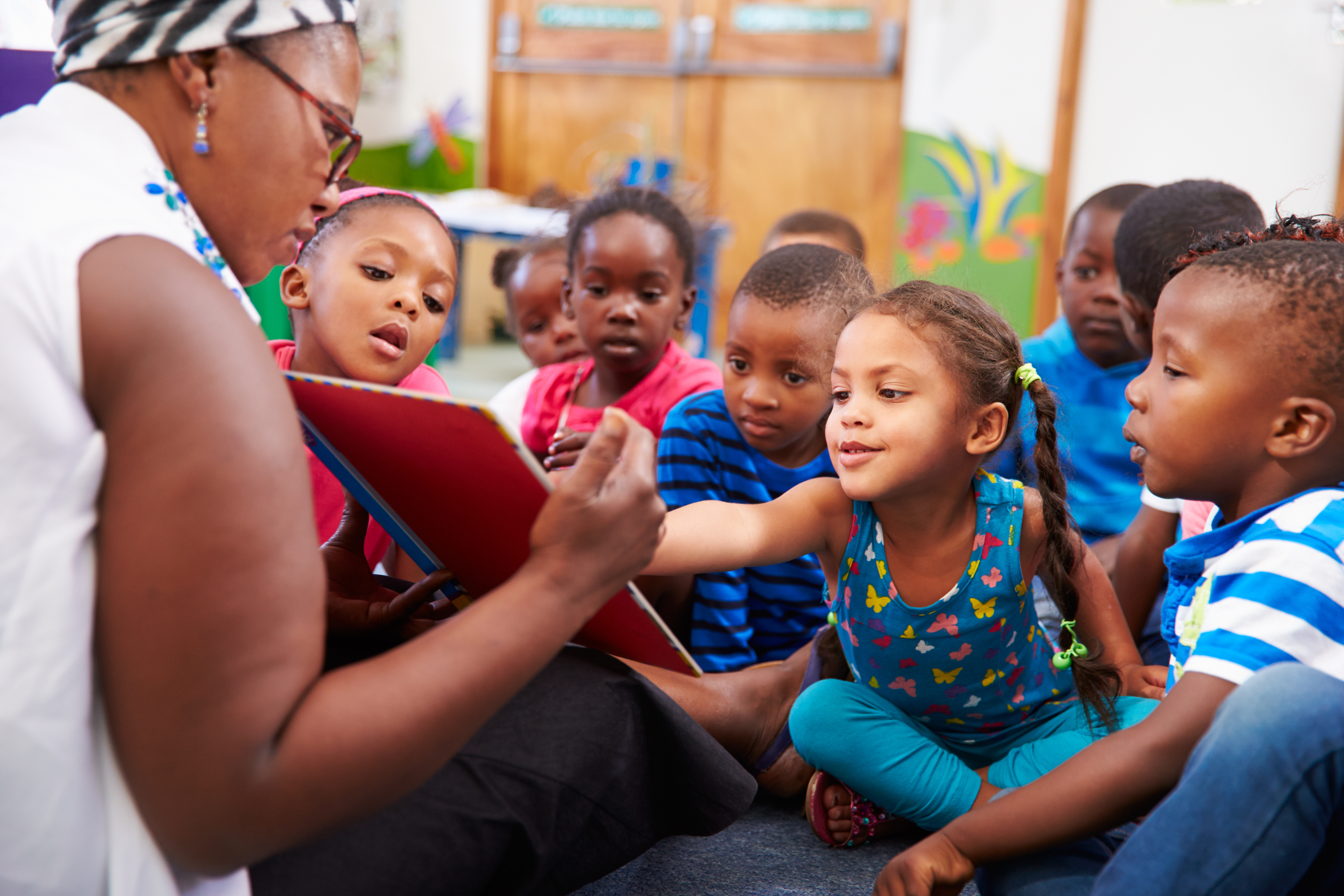
Research consistently shows that
young children’s oral language skills are integrally linked to their literacy abilities, which affects their abilities in many academic subjects when they go to school.
Developing early literacy skills is, in part, related to children’s shared reading experiences, including those in early childhood education settings.
Because children’s literacy skills are only as strong as their language skills, it’s important for early childhood educators to use strategies that best support language learning when reading with children.
In the Hanen Program
Learning Language and Loving It™, educators learn to use responsive interaction strategies during shared book-reading to help build early literacy abilities. Some strategies in
Learning Language and Loving It support children’s emerging code-related skills (i.e., the ability to recognize and decode the words they see on a page), and other strategies centre on language comprehension skills (i.e., improving children’s background knowledge and vocabulary to help them make sense of books).
In this article, we will focus on
how to coach educators to improve children’s language comprehension skills while sharing books.
Reading with children versus reading to children
Young children’s language development is best supported when adults read
with them, rather than to them. What’s the distinction?
Reading with children involves responsive interactions. This means the adult provides opportunities for children to share their thoughts and ideas and then responds to these ideas in a way that encourages ongoing conversations. When adults transform book-reading into a back-and-forth interaction and create more opportunities for children to practise language skills, children are more likely to:
- Understand the language used in the story,
- Talk about what interests them in the story, and
- Connect what is happening in the story to their own knowledge and experiences.
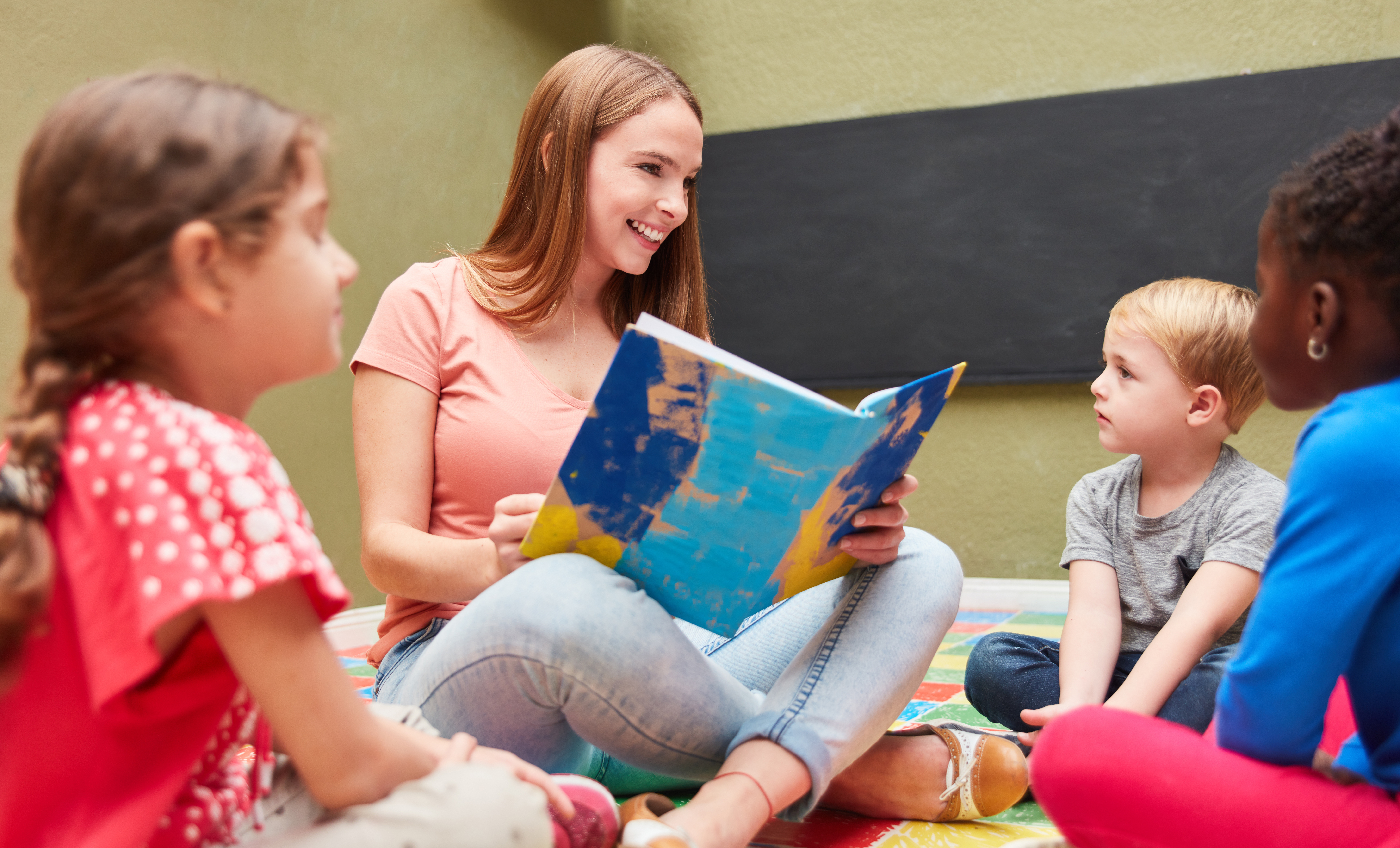
Sometimes, educators are unfamiliar with the idea of making shared book-reading interactive. And, even when they
are responsive during shared book reading, many
educators may benefit from coaching to adjust the ways they respond to help young children learn language (Deshmukh et al., 2022).
The
Hanen Book Reading Checklist is a helpful tool you can use to learn more about how an educator engages children during shared book-reading. After guiding an educator to complete the Checklist, you can review it together and identify areas in which the educator may need support.
Let’s look at three key ways you can coach educators to enhance their reading with young children.
- 1. Read with children in smaller groups
-
 Story-time is often used as a whole-classroom “event,” like the image on the right – where all the children in a classroom sit and listen to an adult read.
Story-time is often used as a whole-classroom “event,” like the image on the right – where all the children in a classroom sit and listen to an adult read.
Have you ever experienced many children trying to share their ideas at the same time? That’s a lot to manage! It is challenging – if not impossible – for educators to support responsive interactions in this format.
In Learning Language and Loving It, educators learn that small groups of three to five children are best for supporting language and literacy, particularly for children with language difficulties. Small groups allow the educator to encourage each child to participate and then attend to what each child says or does.
You can help educators think about times during the day when children are already in small groups as new opportunities for shared book-reading. Here are some possibilities:
| A |
Pick-up and drop-off times |
Children often have staggered arrival and departure times each day. Educators can use these times to engage a few children with a book at a time.
|
| B |
Transitions between activities |
Similarly, transitions from one activity to another can be staggered. For example, children may prepare for outdoor play in groups. Educators may choose to read with one group of children as they wait to get ready.
|
| C |
Making books available… everywhere! |
Many education settings have a literacy centre where children are encouraged to engage with books. While this is a good start, books can be part of other centres around the room too. At a sand table, for instance, educators can include a book about the beach, digging, or construction. In a play kitchen, educators might choose to have a book about food and cooking. By keeping a thematically-matched book nearby, the educator can more easily follow children’s interests in a way that naturally leads to sharing a book.
|
- 2. Turn book-reading into a conversation
-
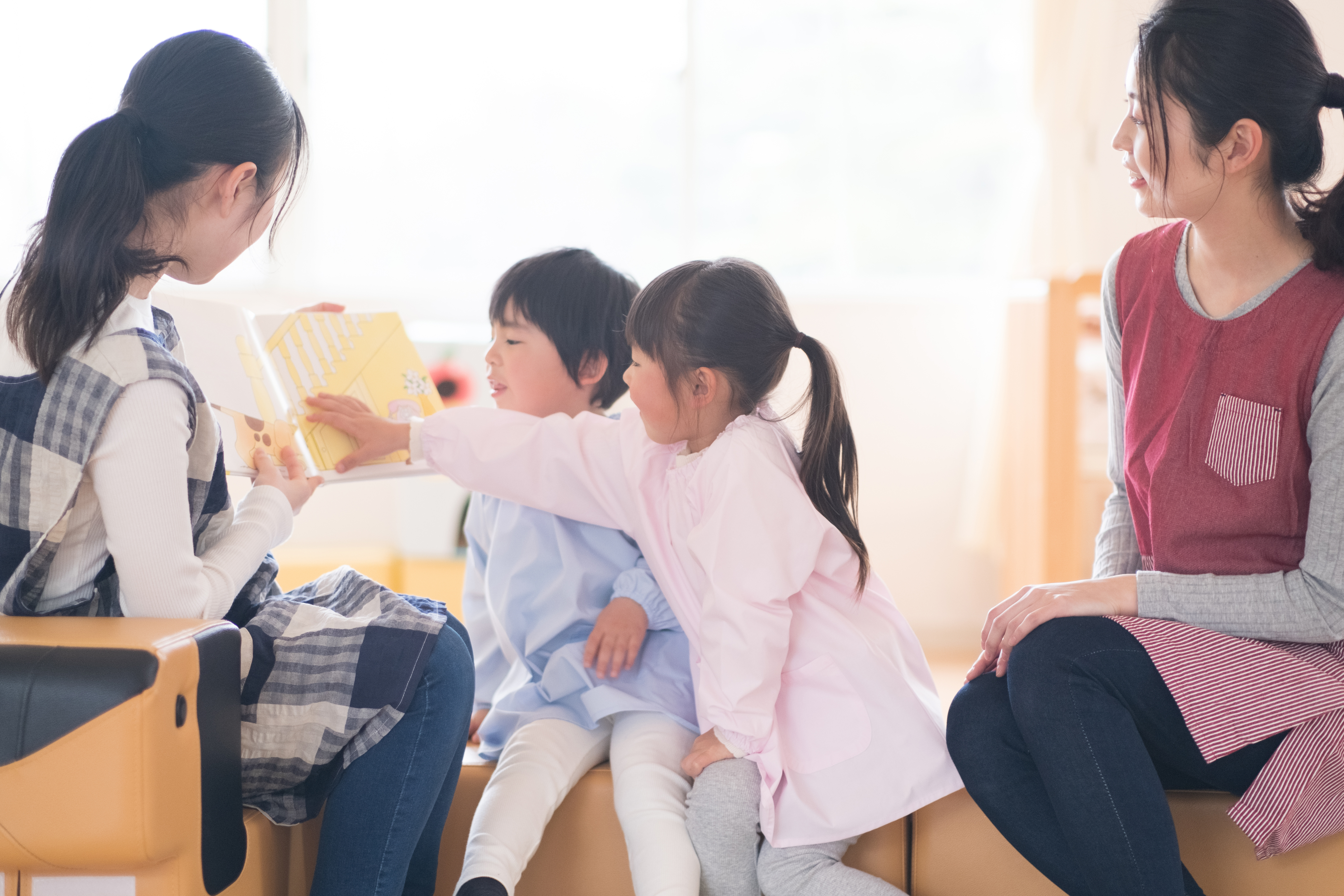 Reading books with children means making sure they are active participants rather than passive listeners. The conversation about a story needs to go back and forth about topics that children find interesting.
Reading books with children means making sure they are active participants rather than passive listeners. The conversation about a story needs to go back and forth about topics that children find interesting.
How do we coach educators to turn book-reading into fun conversations that motivate children to take turns?
The first step in turning book-reading into a conversation is to stop and Observe, Wait and Listen™ (OWL™) to see what a child is interested in on the page.
You can coach educators to OWL™ beginning with the book’s front cover. They can read the title, then wait to see if a child will look at, point to, or comment on something they notice. |
 |
Once a child has initiated about something they find interesting on the page, you can coach educators to Follow the Child’s Lead by responding to them. For example, if the cover of the book shows a girl and a bear, a child may point to the bear on the front cover and say, “Bear!” The educator could say, “Uh oh, look! I’m thinking the main character in this story is going to meet a scary bear!” After responding, guide educators to wait again to see what the child says or does next. Waiting also encourages other children in the small group to take a turn and keep the conversation going.
- 3. Add language to develop critical thinking skills
-
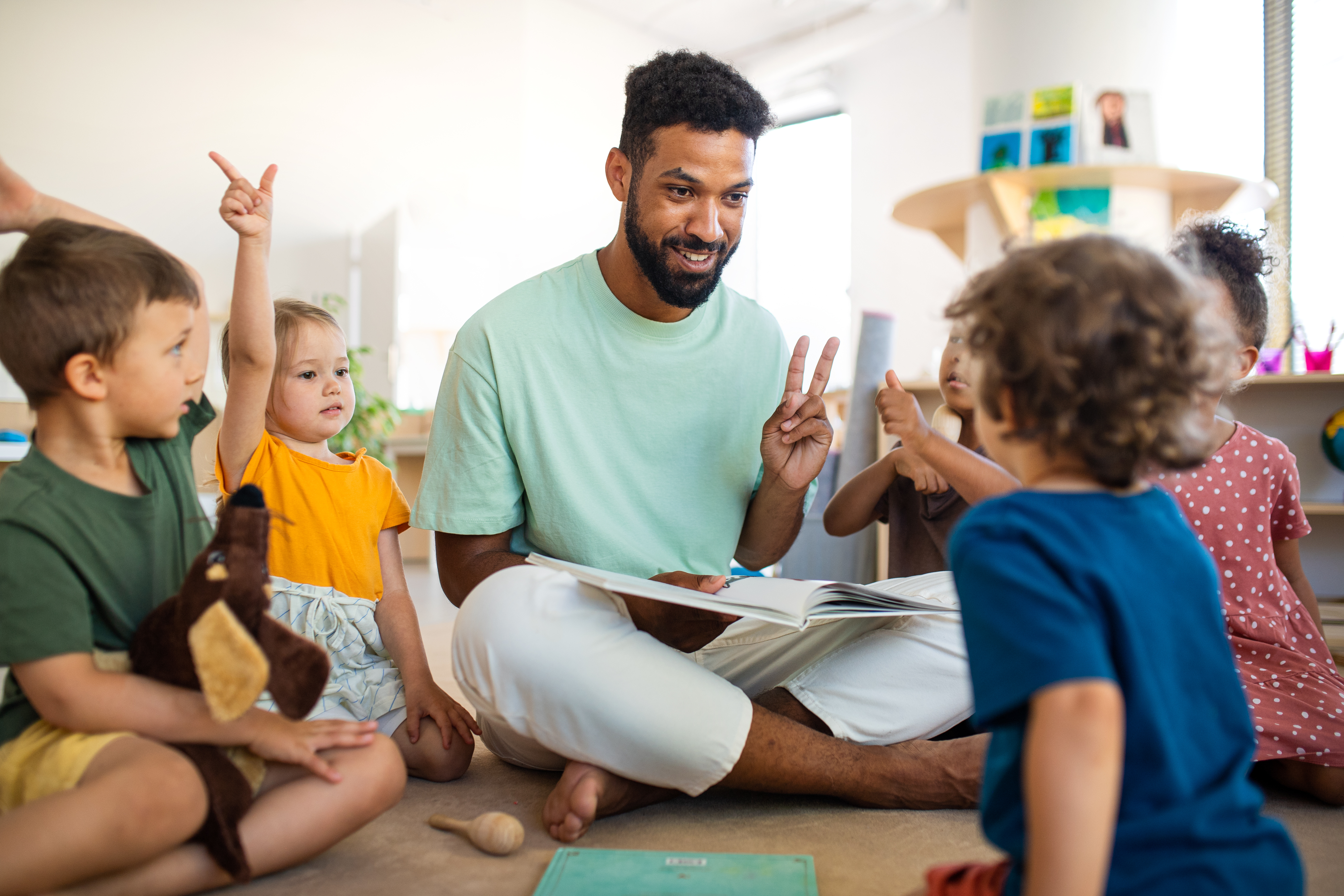 In Learning Language and Loving It, educators learn how to respond with language that helps children think more deeply about stories.
In Learning Language and Loving It, educators learn how to respond with language that helps children think more deeply about stories.
Research shows that educators use some responsive language strategies when reading with children regularly. A 2022 study by Deshmukh et al. follows 93 preschool and kindergarten educators and reports the strategies they used to respond to children’s turns during shared book-reading.
The results of this study tell us that educators do frequently use strategies such as “extensions” or asking more complex “factual questions” about the content of a story when responding to children. And, overall, educators do adjust the complexity of their responses to support children’s different levels of language skills during shared book-reading (Deshmukh et al., 2022).
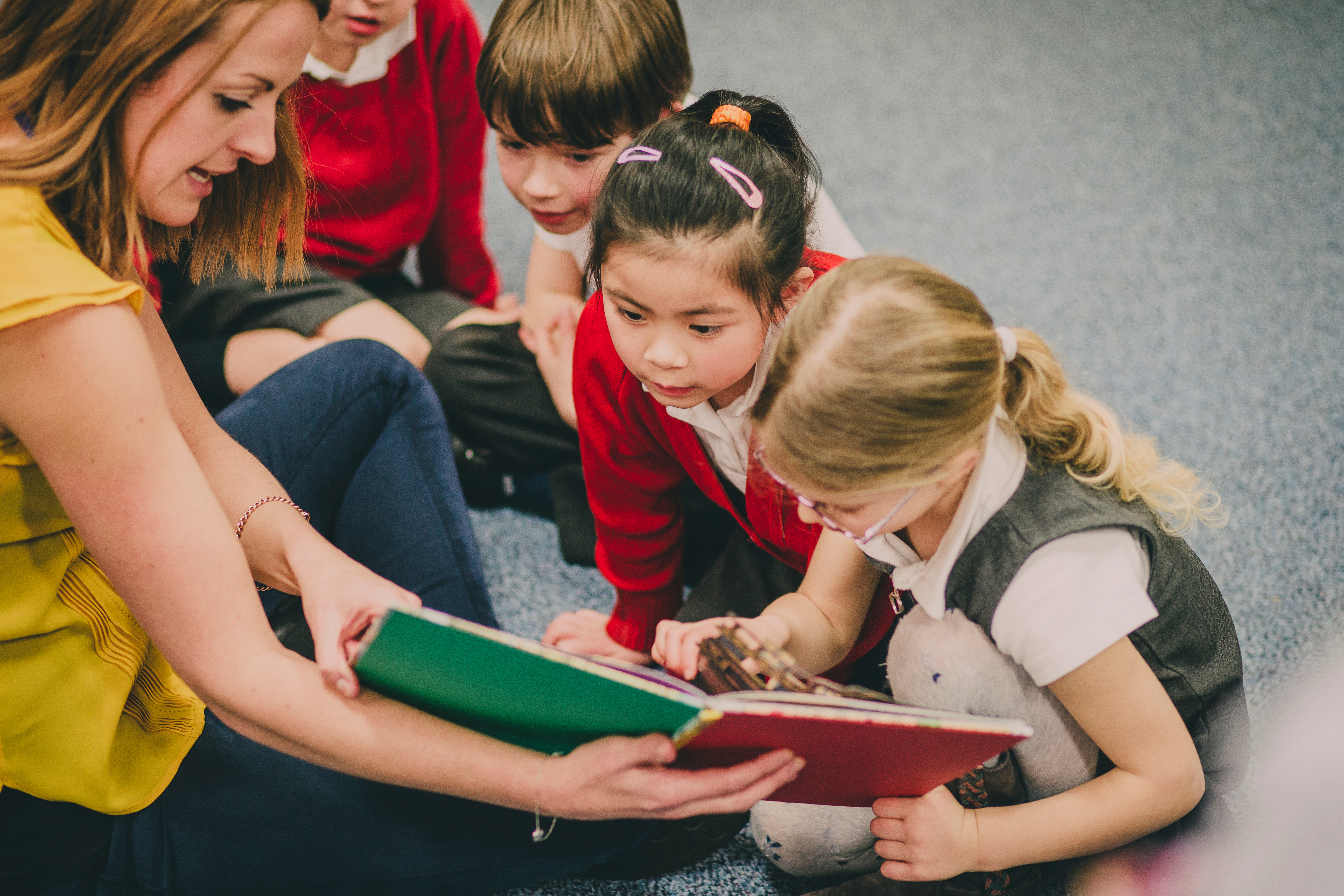 So, why are these strategies still an important focus of Learning Language and Loving It?
So, why are these strategies still an important focus of Learning Language and Loving It?
Well, the same study also reports that educators don’t often use language for Explanations and Predictions, which are two important components of decontextualized language that help children think and talk about ideas beyond the here-and-now (Deshmukh et al., 2022).
As Deshmukh et al. (2022) say, “It is concerning that [educators] are not following up accurate child responses with scaffolds that employ reasoning and predicting” (p.161) because these are essential language skills for critical thinking.
The educators you work with may naturally provide certain types of responses, but still need support to add language for ideas such as Explanations and Predictions. You can coach them to consider a variety of perspectives that ensure children are supported to develop many language skills and are motivated to keep the conversation going.
Many of the ways to add language from a variety of perspectives are featured in our monthly Book Nook posts. Here are some recent Book Nook entries that cover great ways to help children build meaning-related language skills:
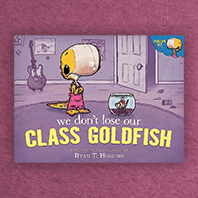
Building Story Comprehension
Chosen Book:
We Don’t Lose Our Class Goldfish
by By Ryan T. Higgins
|
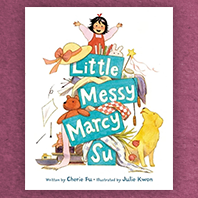
Turn Book Reading into a Conversation
Chosen Book:
Little Messy Marcy Su
by Cherie Fu and Julie Kwon
|
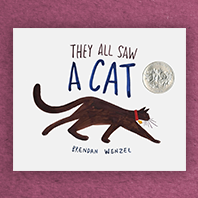
Building Perspective-taking Skills with
Chosen Book:
They All Saw a Cat
by Brendan Wenzel
|
To sum up
By supporting young children’s oral language during shared book-reading, educators prepare them for early literacy and future academic success.
Children learn best when educators turn book-reading into a conversation within a small group, and when they add language to support children’s critical thinking skills.
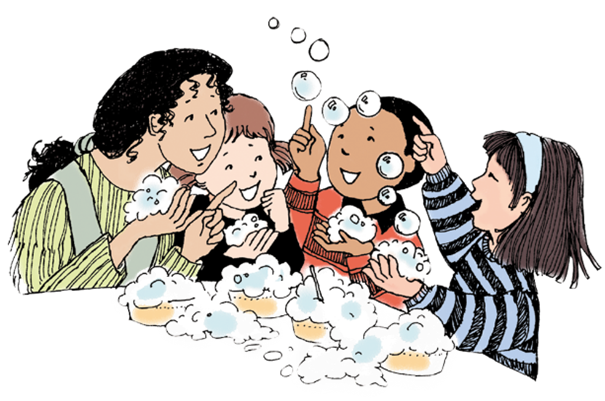 Learning Language and Loving It™ – The Hanen Program® for Early Childhood Educators
Learning Language and Loving It™ – The Hanen Program® for Early Childhood Educators provides speech-language pathologists with comprehensive training and resources on how to coach educators to use practical strategies that foster the language and literacy development of all children in the classroom, including those with language difficulties.
As soon as you graduate, you are eligible to be trained in the
Learning Language and Loving It workshop. Once certified, this enables you to deliver the
Learning Language and Loving It Program and use its resources with the educators you support.
Try it out!
Complete the Interactive Case Example Cas
Back to student portal
References
- Greenberg, J. & Weitzman, E. (2014). I'm Ready! How to Prepare Your Child for Reading Success. Toronto: The Hanen Centre.
- Petrie, A., Mayr, R., Zhao, F., & Montanari, S. (2023). Parent-child interaction during storybook reading: wordless narrative books versus books with text. Journal of Child Language, 50, 104–131. doi:10.1017/S0305000921000763
- Deshmukh, R. S., Pentimonti, J. M., Zucker, T. A., & Curry, B. (2022). Teachers’ use of scaffolds within conversations during shared book reading. Language, Speech, and Hearing Services in Schools, 53(1), 150–166. https://doi.org/10.1044/2021_lshss-21-00020
- Shavlik, M., Bauer, J. R., & Booth, A. E. (2020). Children’s preference for causal information in storybooks. Frontiers in Psychology, 11. https://doi.org/10.3389/fpsyg.2020.00666
- Weitzman, E. (2017). It Takes Two to Talk: A Practical Guide for Parents of Children with Language Delays, 5th ed. Toronto, Ontario: The Hanen Centre.
- Weitzman, E. & Greenberg, J. (2002). Learning Language and Loving It: A Guide to Promoting Children’s Social, Language, and Literacy Development in Early Childhood Settings, 2nd ed. Toronto, Ontario: The Hanen Centre.
- Weitzman, E. & Greenberg, J. (2010). ABC and Beyond: Building Emergent Literacy in Early Childhood Settings, 1st ed. Toronto, Ontario: The Hanen Centre.